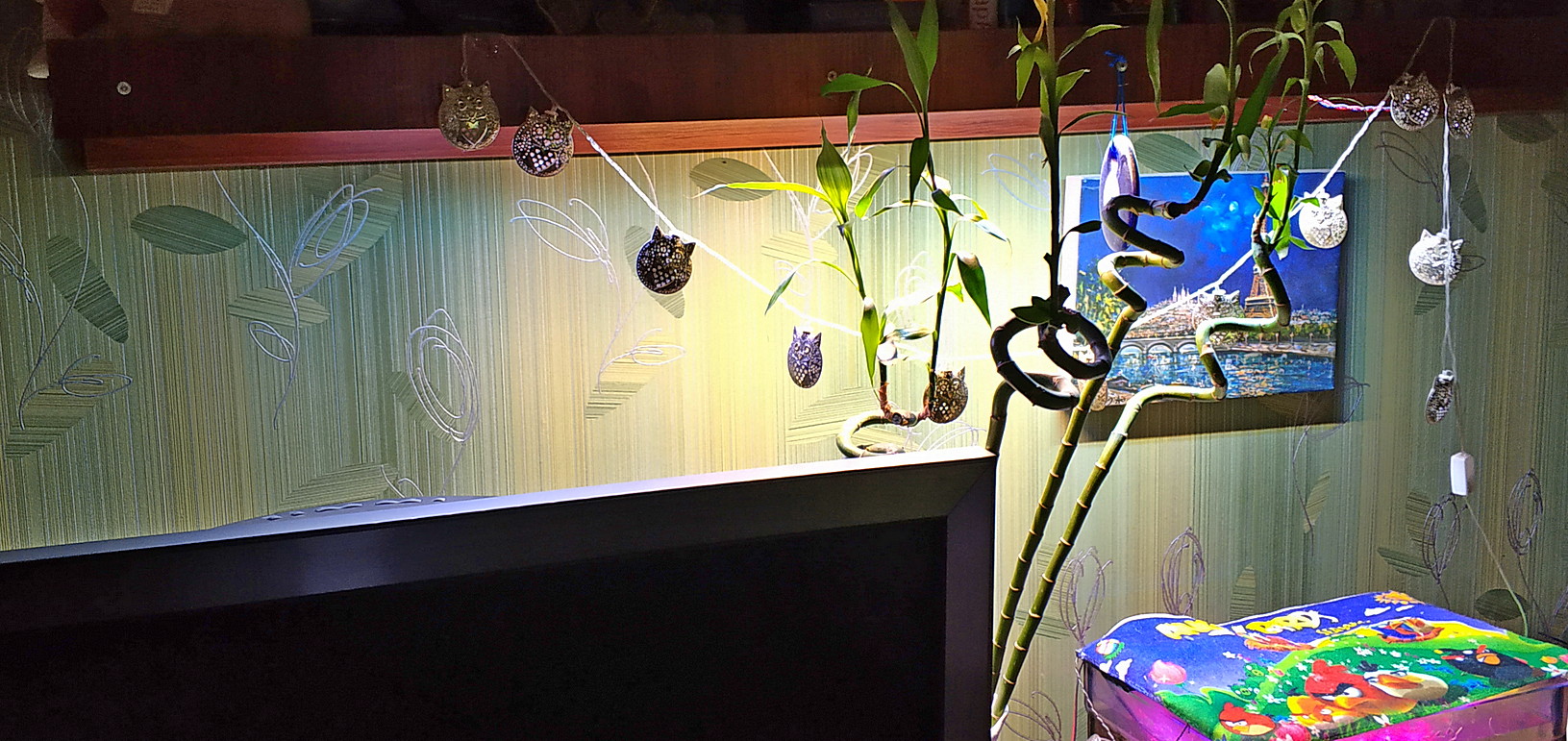Foreword
LED lighting has been around for a long time. The Chinese, of course, definitely "spoiled" his perception with low-quality " crafts " that rarely nurtured for more than a year. But - if "properly prepared", then LED lamps can not only work for years, but also - completely replace " conventional " lighting sources, "a little more than - completely" (C)
Therefore, for several years, it turned out that almost ALL lighting in my home (and - in the workshop) - LED. And it is not necessary to say that it is supposedly " unreliable " = some lamps have been working for seven years already. And when the lamp is thin, light and practically notheats up - you can "twist" with the so-called "zoning" ...
Hide RGBW behind a bookshelf, make individual lighting for the "reading area" at the coffee table, even highlight the space under the bed. In the kitchen there is generally a “space of options”. The floor lighting hidden under the edge of the work surface turned out to be especially convenient.
The most "tsimes" with the right approach - the light source does not "hit the eyes", but hidden, and gives a soft diffused light. And this is very convenient. You get used to it quickly!

The only negative is that when there are a lot of lamps, it is no longer convenient to control them!
We control from the remote control!
Since most of the luminaires are 12 Volts (it's easier and battery backup is more convenient to implement), then the thought immediately arises - to make a controller to control the lighting!
Although there are "subtleties" = dragging a bunch of wires from each lamp to the controller (which should preferably be placed in a conspicuous place, so as not to poke the remote control anywhere) is not always convenient. Yes, and - WRONG. It is much easier to group the luminaires "territorially" and control them using several controllers that communicate with each other.
It turns out something like a master-slave system. With control from a wireless remote control (like a TV) and simple logic - the head controller - receives commands from the remote control, forms a "map of the state of all channels" of loads (and there may be hundreds of them), and also has two transceivers on board. One - accepts commands from an external "control", for example, a "smart home", well, there - to pretend that there is someone at home, periodically turning on and off the lights in different rooms. And - transfers already formed "frames" to all "slave" slave controllers. The second channel is left "for the future", under the BluPUP module. Ideally, control the light from a smartphone, but this is in the future (writing applications for the Bucket is not so easy for me personally, although it is possible).
It turned out something like this:
- , , .

- «» , / , , « ».

The head controller board (if you

're interested) looks like this: After etching and tinning (oozhossinach!)

And - after assembly, before applying a protective coating (and it will NOT be a " God-damn " varnish! !)

At the moment - each of the controllers is designed for 9 channels. Each of the channels is capable of "pulling" 6 Amperes of load, while it is NOT dependent - each of the channels has its own personal brightness level, from "off" to the maximum - 15 brightness levels. More, I think, is not necessary, quite enough.
What forso many channels? Well - in addition to the "main" lamps, there are also RGB (full color), RGBW (full color + brightness modulation). And - lamps with a given "color temperature" (from cold to warm shade). And all this is a mass of channels. And I also have aquariums with phyto-lamps, an open-air cage with chinchillas, light "under" bed and "under" bed ... In fact, this is all very convenient and addictive worse than nicotine ...
Plus, such interesting "things" as "autonomous overflow" all colors for RGB and RGBW full-color lamps, such as a floor lamp, for example ...
So far, everything is controlled from ordinary remote controls. But this is even more convenient.
Supported by so-called. "Scripts", well, like there is "night light", "for reading", "maximum brightness", "everyone to sleep" and the like ... The script is called by pressing one button.
Yes - so many possibilities = a large and NOT user-friendly remote with a bunch of buttons.

PWM keys are controlled in a simplified way, the gate charge is through a resistor, the discharge is controlled by a key controlled from a microcontroller. Yes, this is not entirely correct and - inversely, but it is much simpler, and the PWM filling frequency is not very high, the load currents are also, therefore there is no heating of the keys even without the use of a "specialized" approach.
Here is an example in the video, so to speak ...
Thank you for your attention!
Further - will be ...